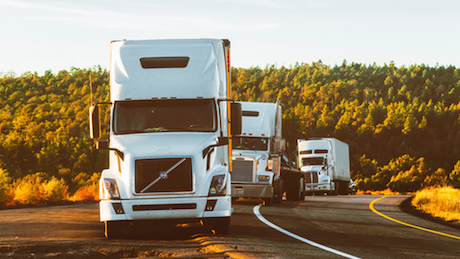The impact that cost of goods sold (COGS) has on a company’s bottom line cannot be understated. Yet, for all of the attention that businesses dedicate to traditional COGS elements such as manufacturing, materials, and labor costs, one key area is constantly overlooked when it comes to COGS planning, strategy, and execution — transportation.
How Tech and Transportation Can Solve the “Cost of Goods Sold” Issue
Today, companies put a great deal of time and resources into their cost of goods sold (COGS). And while the focus is largely on manufacturing, materials, and labor costs, transportation is often overlooked in the COGS planning process. This is because transportation has long been considered as a separate cost. The truth is that transportation actually has a major operational and financial impact on COGS since it’s directly related to a company’s supply chain. Giants like Walmart and Target have succeeded in large part due to their transportation investment, with an emphasis on technology.
There are a number of ways that technology can help businesses with transportation issues, and ultimately help them optimize COGS. Here’s a look at three.
Eliminating Brokers
Thanks to new technology, called OTS, businesses are no longer at the mercy of the expensive broker market when a primary or secondary carrier can’t accept a load. Shippers can now find the best carrier and price for rejected loads. This allows businesses to get the best deal possible and gives them good market visibility without having to pay costly broker fees.
Finding Alternate Carriers to Reduce Bottlenecks
Delaying product shipments can result in lost revenue — and even lost business. So for businesses, it’s critical to eliminate bottlenecks. Today, AI and machine learning help shippers find alternative carriers much faster than broker middlemen. By speeding up the tender process, shippers save on precious time and money and avoid costly delays.
Better Decision-Making
Technology solutions now allow businesses to collect, synthesize and act on data more quickly than in the past. As a result, they can adapt to disruption faster and seize any opportunity that may arise. In addition, they can better understand the fallout each decision may have on others, allowing each to fit nicely with COGS KPIs. New software, called OTS, even provides rate and carrier data back to the shipper {this type of intel is hidden by brokers}.
For more information on this topic, read Transportation and Technology: How to Crack the “Cost of Goods Sold” Conundrum published on Food Logistics (5/6/2021).

